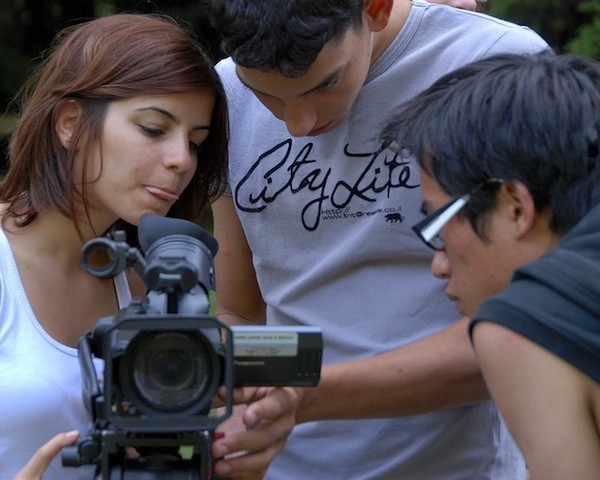Connected Learning: Designed to Mine the New Social, Digital Domain

Focus on education has perhaps never been greater. As we seek to understand the impact of the internet and this age of connection, it has focused attention on a topic of extraordinary importance: the need to reimagine the experience of learning.
Beginning in 2006, the MacArthur Foundation began investigating, along with a diverse community of researchers and scholars, how are youth being impacted by the forces of the digital age, especially in regards to their learning? What were the implications to schooling and to educational institutions?
Initially, we were agnostic about the role of technology. But one of the very first studies we supported, a benchmark examination of more than 800 youth, illuminated how youth were tapping into web-based networks outside of school to pursue subjects they were passionate about. Whether it was Middle East politics or World War II or how to make documentary films, what became clear was how much learning kids were doing outside of school. School was only one node in their learning paths. And for far too many of them, it was a diminishing one.
Today a team of researchers MacArthur is proud to support is introducing a new approach to learning. It’s called connected learning. It's a model of learning that harnesses the powerful new connection to ideas, knowledge, expertise, culture, friends, peers and mentors we have through the internet, digital media and social networking. It’s dedicated to helping kids pursue knowledge and expertise in subjects they care deeply about, and doing it in a way in which they are supported by peers, friends, and caring adults working in educational institutions. Connected learning is designed to address the new political and economic realities faced by schools in America, because it calls for a new way of thinking about learning that is geared to the promises of our new knowledge society and sees schooling as only one pathway for learning. 
Connected learning is an answer to three key shifts as society evolves from the industrial age of the 20th century and its one-size-fits-all factory approach to educating youth to a 21st century networked society:
1) A shift from education to learning. Education is what institutions do, learning is what people do. Digital media enable learning anywhere, anytime; formal learning must also be mobile and just-in-time.
2) A shift from consumption of information to participatory learning. Learning happens best when it is rich in social connections, especially when it is peer-based and organized around learners’ interests, enabling them to create as well as consume information.
3) A shift from institutions to networks. In the digital age, the fundamental operating and delivery systems are networks, not institutions such as schools, which are one node of many on a young person’s network of learning opportunities. People learn across institutions, so an entire learning network must be supported.
Connected learning is not about technology. The principles of connected learning weren’t born in the digital age, but they are extraordinarily well-suited to it.
Connected learning is not about turning our backs on teachers and schools. Thousands of teachers and educators across the U.S. are working hard, often in the face of adversity, to reimagine learning for the next generation.
Connected learning is also not about throwing out traditional literacy skills. The importance of reading, writing and critical thinking are as important as ever. But so are new literacies like advanced problem-solving and collaboration that will be critical in the increasingly interconnected world we dwell in.
Connected learning also is tuned to the reality that technology and the networked era is threatening to stretch the already-wide equity gap in education unless there is decisive intervention and a strong public agenda. In a world so full of knowledge and an abundance of learning possibilities, isn’t it our responsibility to work as hard as we can to see that every child has a chance to unlock his or her potential?
It is no small feat for institutions, schools and organizations to consider what it means for them to move into and tap the connected age. As a new model, connected learning will benefit immensely from contributions and critique from the many stakeholders in public education, especially in how to translate its principles into practice. It borrows from social, ubiquitous, blended and personalized learning models, but is distinctive and has the potential to help reconstitute our educational system.
The times call for radical re-imagining: for new ways and places to learn; for new and more rewarding roles for compassionate adults and educators; a new willingness to see what empowered youth can accomplish; and, most important, a renewed focus on fostering passion, creativity, innovation, and the skills that our youth and our nation are going to need to compete and thrive in our wonderful, yet rapidly changing globalized world.
To find out more about the connected learning principles, the emerging community, and ongoing research, please visit connectedlearning.tv and clrn.dmlhub.net.
Banner image credit: Piece It Together http://www.flickr.com/photos/peaceittogether/5199327258/